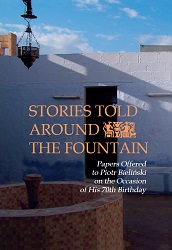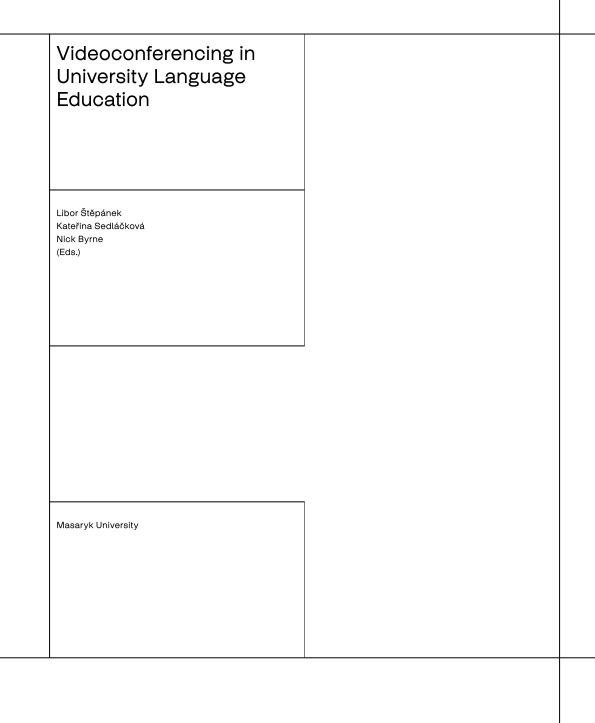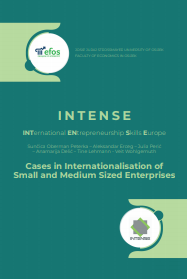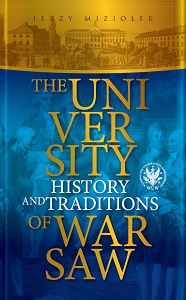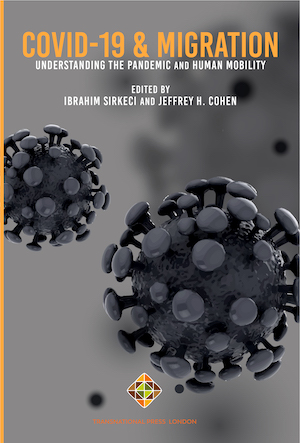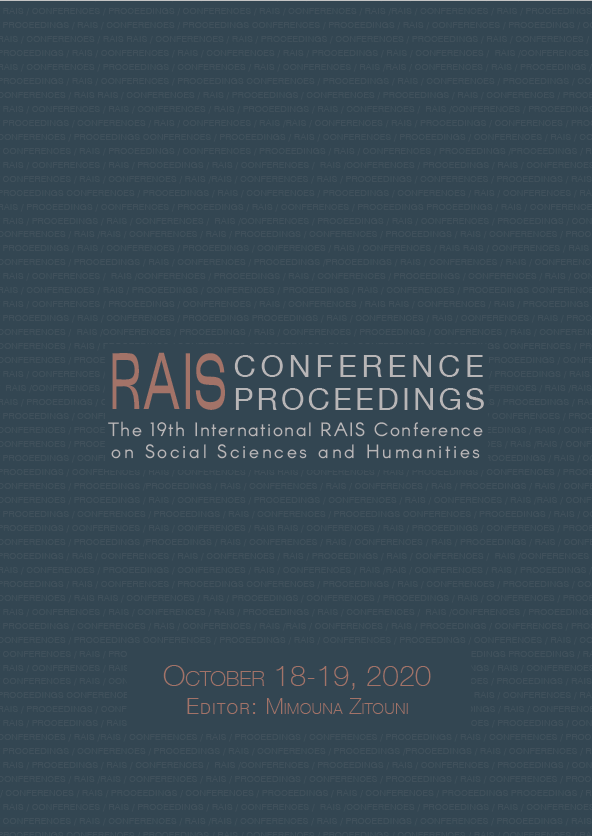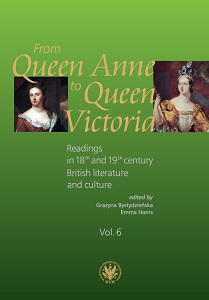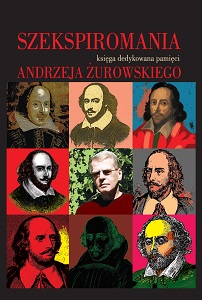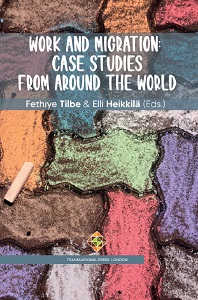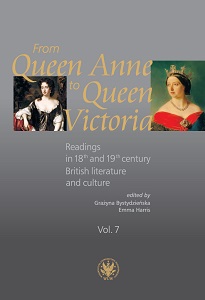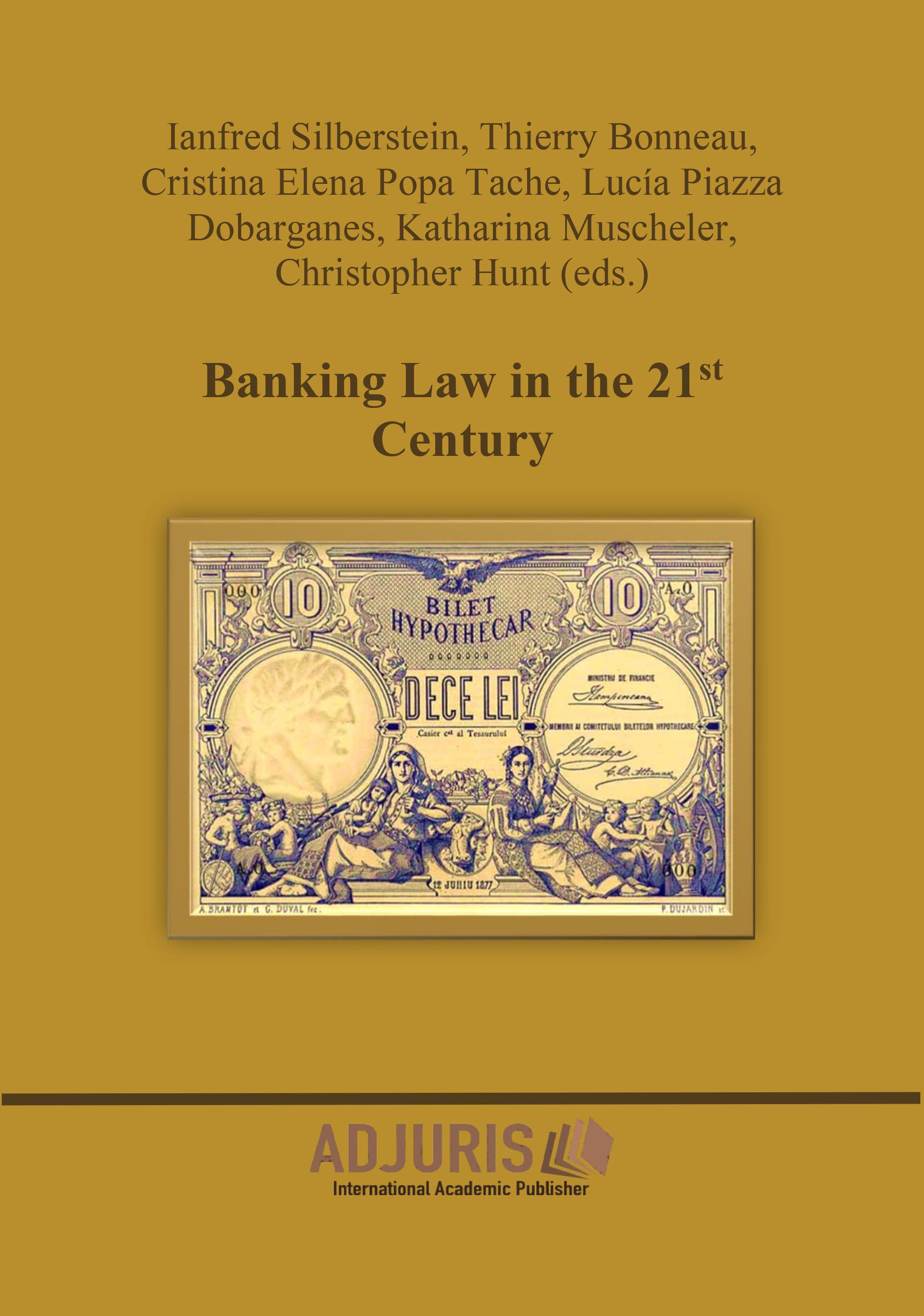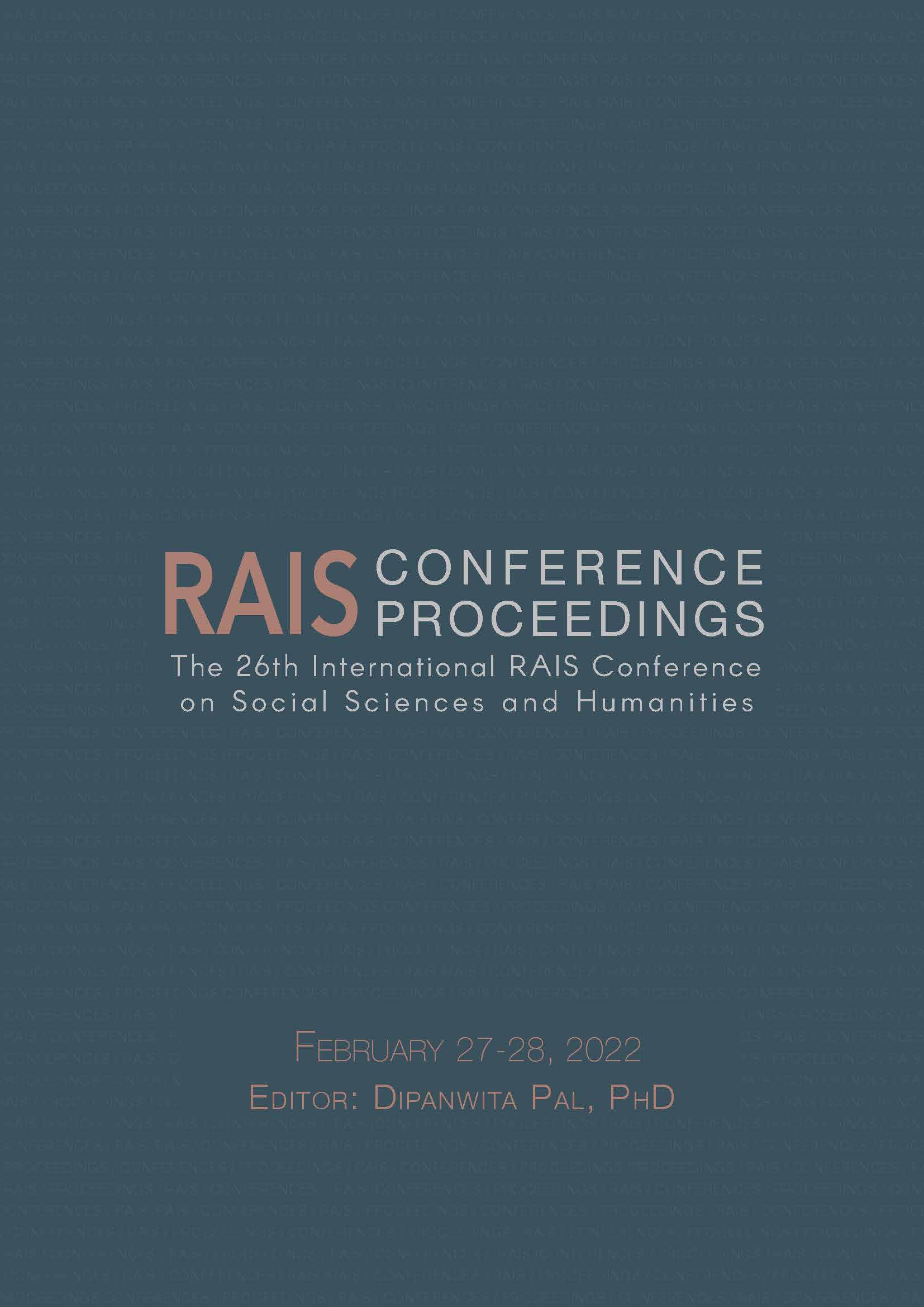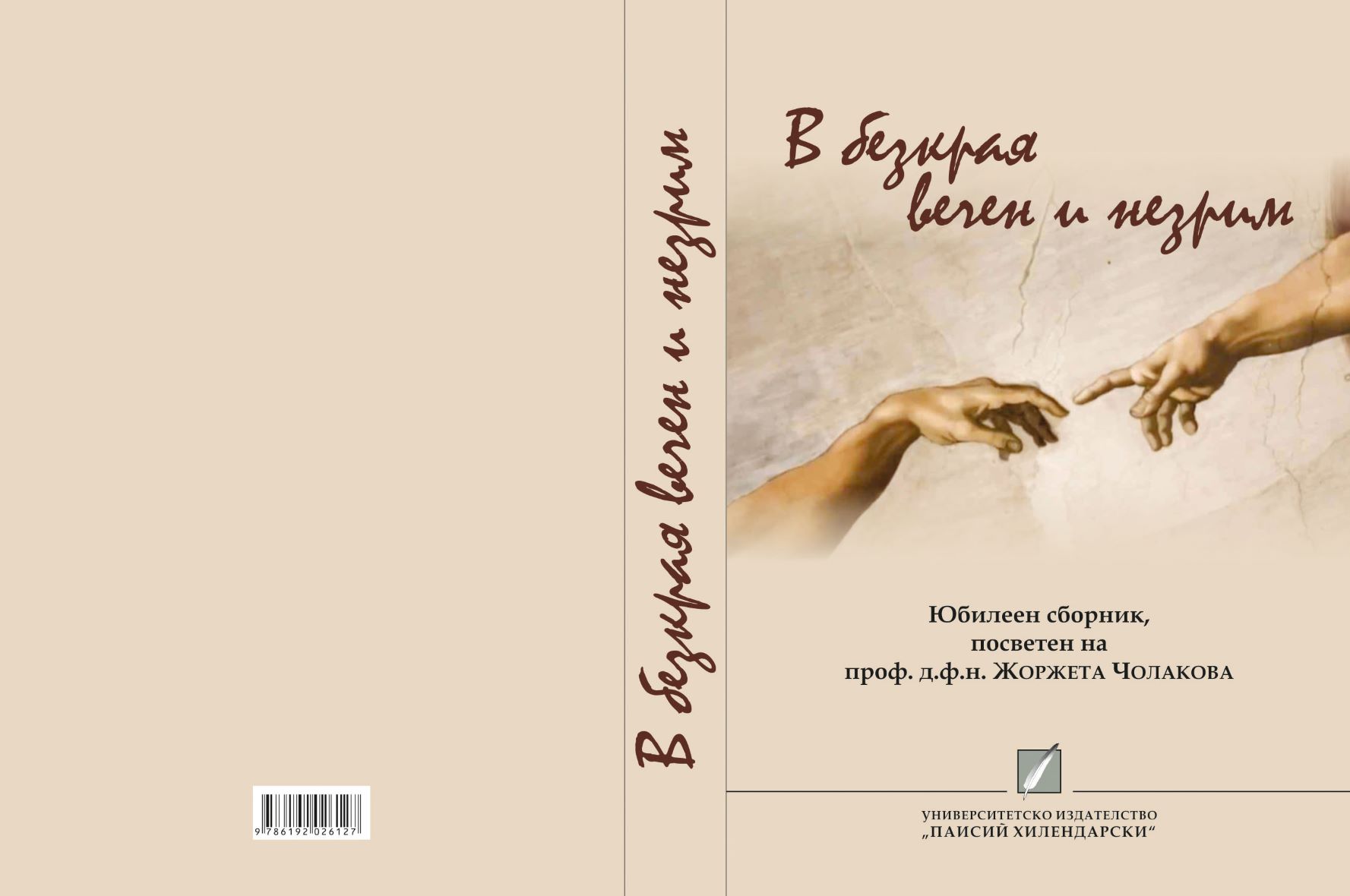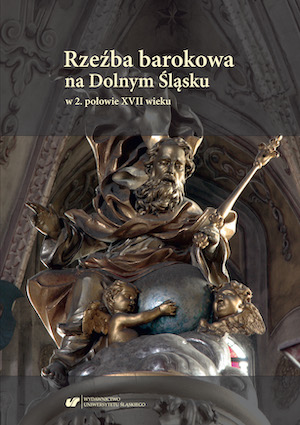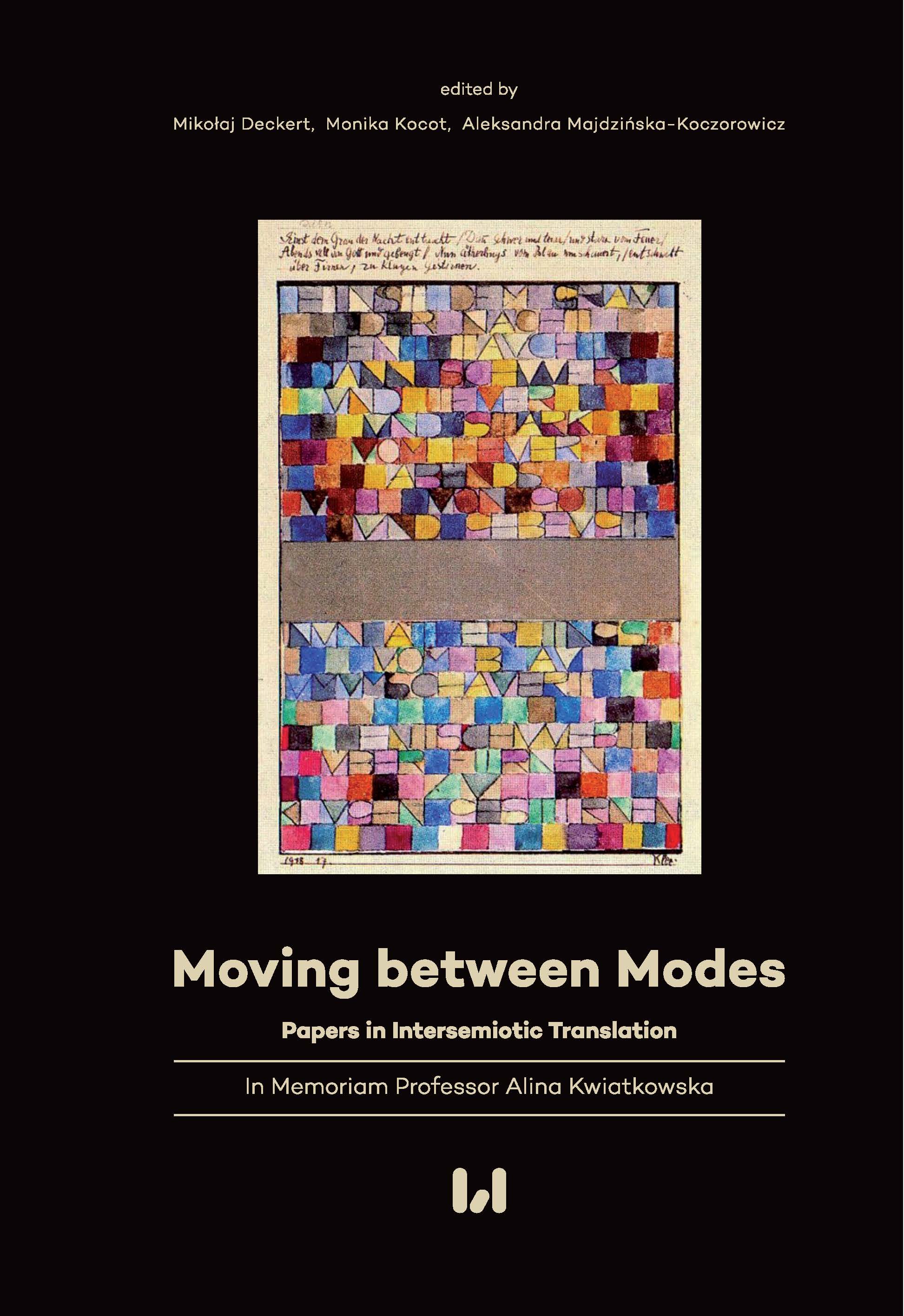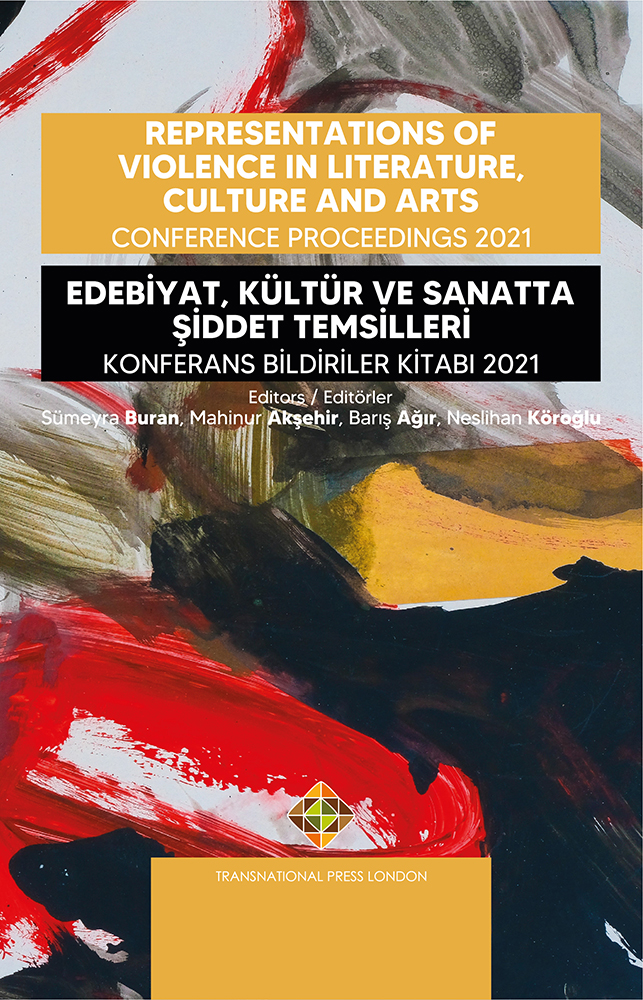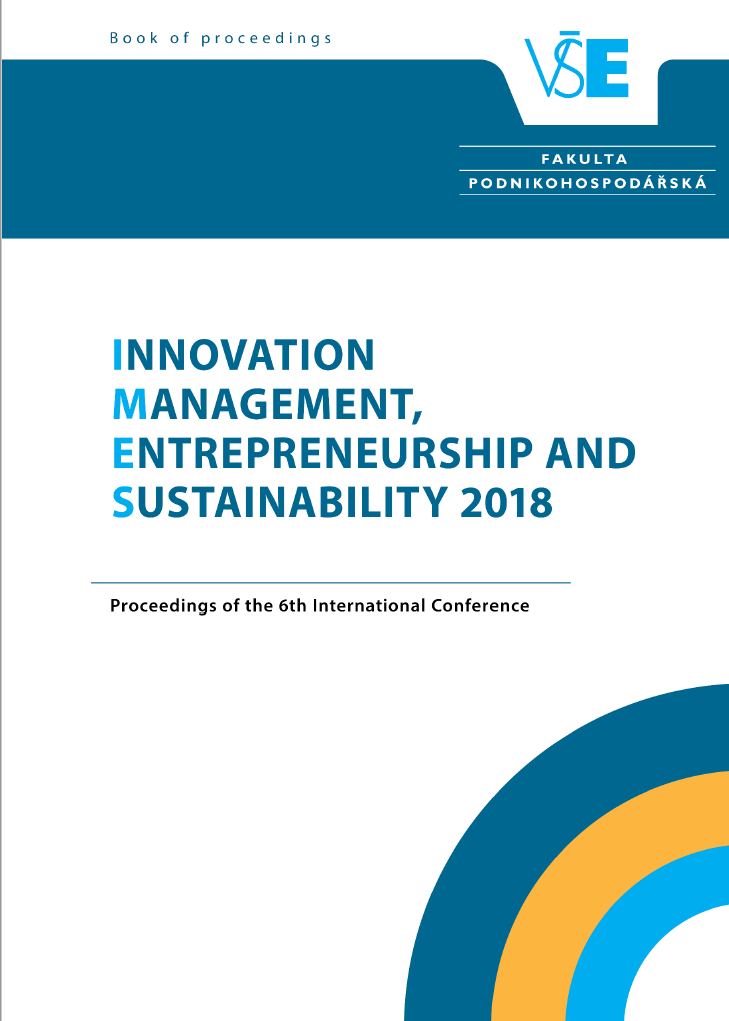
Approved Model of Factors, Influencing the Management Process in Developing New Products
Approved Model of Factors, Influencing the Management Process in Developing New Products
Keywords: Innovation process; new products development; factor analysis; manufacturing industry; innovation models
Purpose: The aim of this study is to identify the major groups of factors that influence the management process of new product development (NPD) for the purpose of its improvement in industrial enterprises. The main tasks are related to the development and approbation of a basic factor model, representing the dependent groups of variables with a significant influence on the process of developing new products in the manufacturing industry - a strategic sector in Bulgarian industry. Research/practical implications: The results of this research are applicable to medium and large industrial enterprises in order to improve the methodology of management process in all its stages of product innovation development. Design/methodology/approach: Empirical data are collected based on a survey, conducted through interview of respondents from medium and large industrial enterprises. Out of 559 organizations, operating in the Manufacturing sector until 2017 (according to data from the National Statistical Institute of Bulgaria), 234 enterprices have taken part in the servey, which makes for 63% activity level of the sample. Furthermore, in the final stage representatives of the surveyed organizations took part in approving the model through expert assessments. The data obtained have been processed by applying descriptive statistics, correlation and regression analysis to look for dependencies between the variables which have been studied. Findings: As a result of the analysis it has been established that the success of the NPD management process is influenced by main factors, such as implementation of target strategy for new product activities and formalising of the NPD process. Other such factors are resource, investment, and technology support provided by senior managers; using mixed working teams of different functional areas; and implementation of specific marketing, research, technological and management tools. Research/practical implications: This article presents the results from a study, related to identifying key factors influencing the management of the product innovation process. Based on the analysis and approval of the model, it can be concluded that solving the difficult tasks of differentiating, systematizing and ranking factors essential for the product innovation process provides valuable and specific grounds for assisting the successful management process of NPD. The results of the analysis could help industrial organizations not only in the manufacturing, but also in other sectors to improve the NPD management process. Originality/value: The aim of the article is to provide methods and adapted good practices, which would help industrial enterprises to improve the process of managing NPD by revealing the factors leading to the success of product innovations. The approval of the model justifies the need of a systematic approach and cross-functional participation of multifunctional teams throughout the life cycle of the innovations under consideration.
More...
